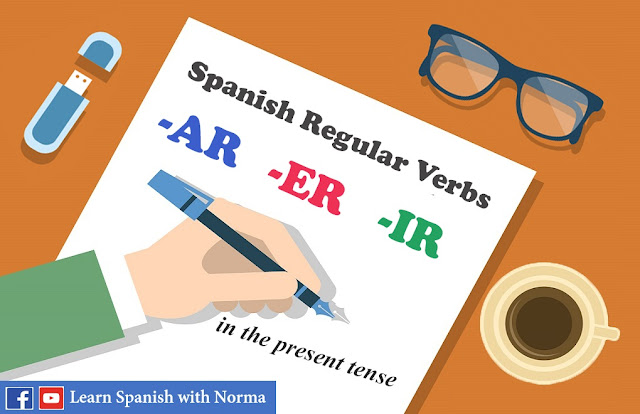Spanish Regular Verbs

Designed by Freepik In this lesson you will learn how to conjugate Spanish Regular Verbs in the present tense. All Spanish verbs are either “regular” or “irregular.” Many Spanish verbs are completely regular, meaning that they follow a specific pattern of conjugation. In Spanish, there are three categories of verbs. The category is determined by the last two letters of the infinitive: For a review of the subject pronouns, I recommend you to watch my video about this topic. See also: Spanish Subject Pronouns The infinitive is the base form of the verb, such as to speak, to eat, to live, etc. In Spanish, all infinitives end in -ar, -er, or -ir. In Spanish, you conjugate verbs by dropping the infinitive ending (AR,ER,IR) and adding a specific ending for each person to the stem of the verb. In this lesson, we will use three model verbs: hablar (to speak), comer (to eat), and vivir (to live). If the subject is I (yo), conjugate by dropping the en

